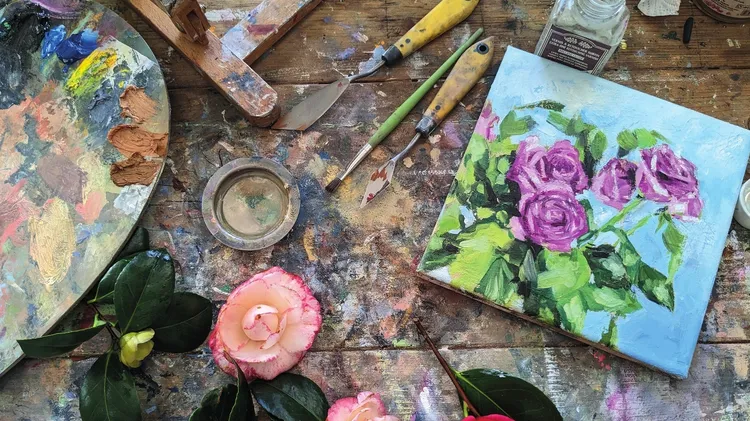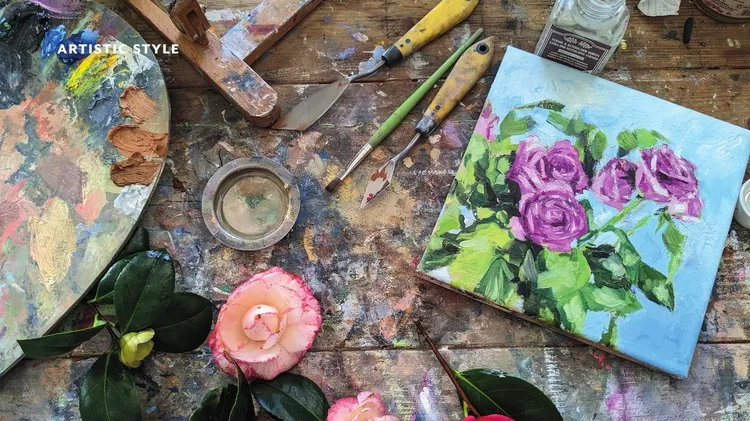CHER PRUYS is a self-taught artist who works in different mediums. He
Ready for your close-up?
5 min read
This article is from...
Read this article and 8000+ more magazines and newspapers on Readly






